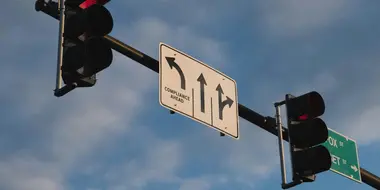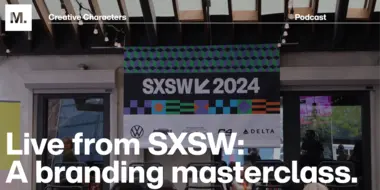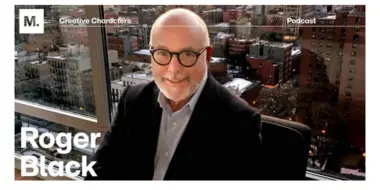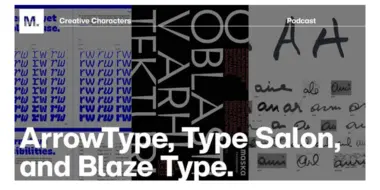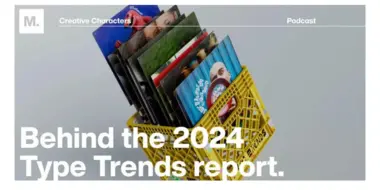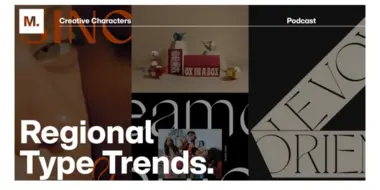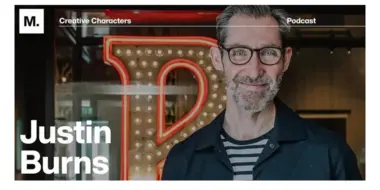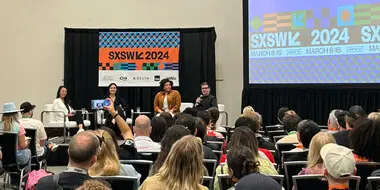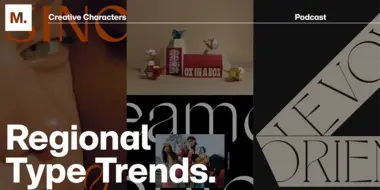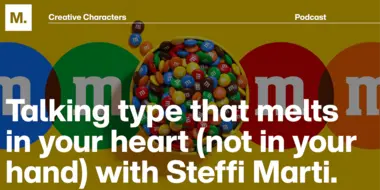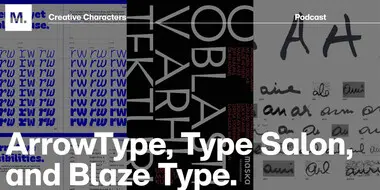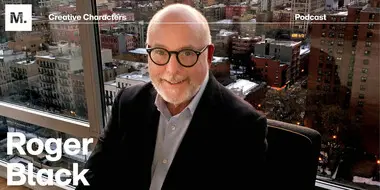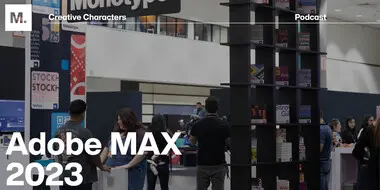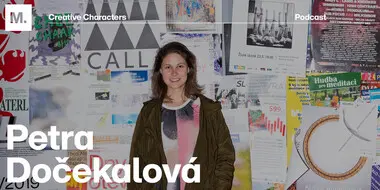
Creative matters
This week on Creative Characters, first-time host Doug Wilson chats with Petra Dočekalová, a designer, educator, calligrapher, and sign painter from Prague. Tune in now.
There’s something empowering about being a problem-solver. In the case of fonts, that often means being the one to resolve font license gaps.
Tune in for a masterclass in branding that explores the visual elements and innovative technology driving how brands, advertising, and experiences influence our responses.
Creative Characters S3 E19: Roger Black and Charles Nix trace the history of type.
Creative Characters S3 E20: Studios we love: the stories of ArrowType, Type Salon, and Blaze Type.
Creative Characters S4 E1: Behind the 2024 Type Trends report with Jordan Bell and Damien Collot.
Creative Characters S4 E3: Studying the subconscious superpowers of type trends across the globe.
Creative Characters S4 E4: Searching for signs of the British seaside with Justin Burns.
Join Monotype Creative Director Graham Sturt as he and guest Justin Burns, Head of the School of Arts at the University of Derby, explore the signage and typography of the English seaside and examine the linkage between letters, memories, and emotion.
Learn about the interplay of type and color and how Monotype & Pantone assets work together to drive modern brand-building.
As part of the 2024 Type Trends report, we wanted to take a deeper look at how design is manifesting across the globe. Tune in for insights, stories, and anecdotes from creative thought leaders shaping their local design scenes in NYC, Santiago, Paris, and Kuala Lumpur.
This week, host Charles Nix sits down with Steffi Marti, the Global Head of Brand Identity and Design for Mars Snacking. Tune in to hear more.
Join Type Designer Jordan Bell and Creative Type Director Damien Collot as they discuss their experiences curating this year’s Type Trends report. Enjoy!
Creative Characters Ep. 19: Chelsea Goldwell.
We’re closing out 2023 by spotlighting three amazing type studios from different corners of the world - and three of our favorite hosts. Listen to the full episode for more.
Roger Black draws from origins and evolution of type, type trend drivers, and his own career, in this week’s episode with our own Charles Nix. Listen to the full episode for more.
Now that the Adobe MAX dust has settled, we bring you our second annual recap of the inspiring event that brought 10,000 from around the world to Los Angeles in late October. Listen to the episode for more.
Creative Characters S3 E12: From magazine to brand design with Warby Parker’s Sarah Olin
